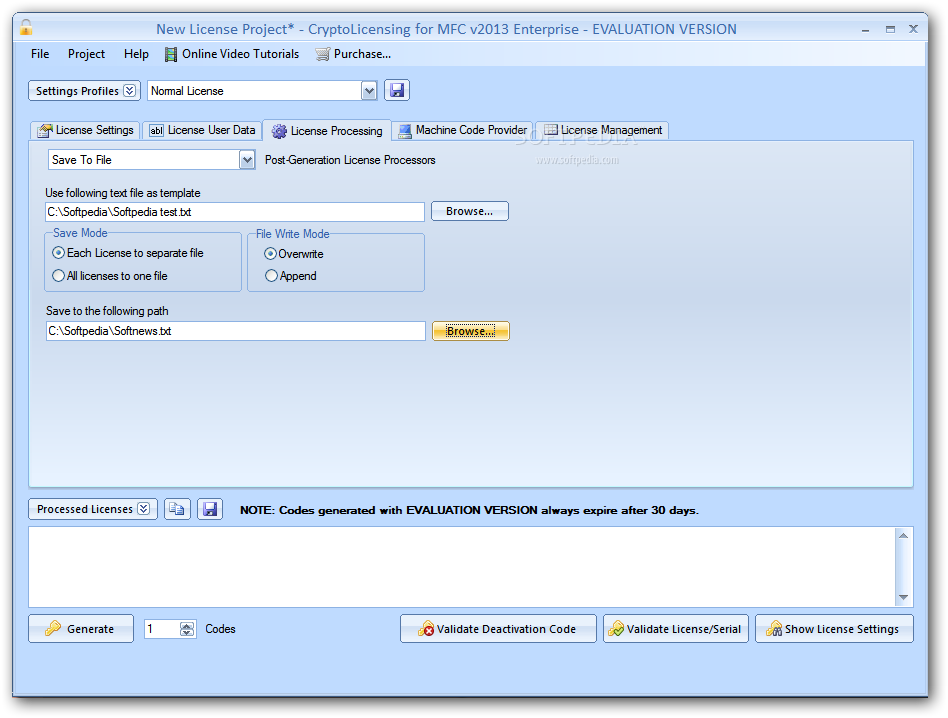Atl Mfc Trace Settings File
A large number of medical school applicants won't be admitted to ANY medical school, even with solid grades and scores. Washu university scholars program in medicine. The answer is you can't. It's going to be a big deal when you learn that you had little clinical experience when compared to other med school applicants. Guaranteed admission to WUSTL med school with a certain score and GPA is a big deal. How to you rank a med school that is more focus on AIDS over a med school that is more focused on cancer?
Hi, I am Pat Brenner, a Software Design Engineer in the Visual C Libraries group. Some time back I wrote about Spy. Today, I am going to write about another Visual Studio debugging tool, the ATL/MFC Trace Tool, and the tracing mechanism that it interacts with in ATL and MFC. The tracing mechanism The tracing mechanism is used to control the type of information, and the amount of that information, that is dumped to the output window during execution of a program. There are a number of categories of information, and different levels of that information, that can be displayed. The tracing macros An application can output tracing messages to the output window by: using the ATLTRACE macros (for ATL), defined in atltrace.h. Using the TRACE macros (for MFC) defined in afx.h.
There are uses of the ATLTRACE and TRACE macros sprinkled throughout the ATL and MFC source code. For example, in CStringT.h in the atlmfc include folder, in the CStringT::CheckImplicitLoad method, you can find this line of code: ATLTRACE( atlTraceString, 2, T( “Warning: implicit LoadString(%u) failed n” ), nID ); This will dump the message to the output window if level-2 messages in the string category are turned on. The ATL/MFC Trace Tool Below is a screen shot of the ATL/MFC Trace Tool.
Visual C++ MFC and ATL. Configuration: Release Win32. 'Release comtest.pch' precompiled header file is from a previous version of the compiler.
Atl Mfc Trace Tool Settings File
An MFC application named Editor.exe is running. The “atlTraceString” category is selected for the MFC100UD.DLL module in the Editor.exe process.
Since a category is selected in the tree, all three of the groups (Process, Module and Category) are enabled. If the Editor.exe process was selected in the tree, only the Process group would be enabled, and if the MFC100UD.DLL module was selected in the tree, only the Process and Module groups would be enabled. With this tool, you can configure exactly what categories you would like to see trace messages for, and what amount of messages in those categories. Here I have indicated that I would like to see a fairly minimal number of trace messages for the entire process, and that the module should inherit the settings from the process, but I have overridden those values and indicated that I want to see a moderate number of trace messages in the string category. My mistake, i forgot to mention that the application is compiled and run in production under DEBUG mode.
For some historical reason, the application is meant to be compiled and run in such a way. What i’m trying to achieve here is to put the TRACE statement at some of the critical point of the application.

With this in place, whenever i need to do debugging, i can launch any Trace Tool to see whats happening without attaching any debugger or disrupting the currently running application. So my concern here would be during normal operational run (not debugging and no Trace Tool running), the TRACE statement is still there but will it have any performance penalty? Currently, I am exploring the profiling capability of the.Net based application through code(c#). We need some specific information like, tracing of the Functions/Methods of each user’s request going to the server (IIS). Suppose, there are 5 users accessing the application simultaneously from different location. So here, we are looking for the information like – which users request called/executed which functions or methods. USER 1 (IP – xxx.xx.xx.01) – Function A, Function B, Function D USER 2 (IP – xxx.xx.xx.02) – Function C, Function F, Function A USER 3 (IP – xxx.xx.xx.03) – Function D, Function K, Function J, Function B And so on Would it be possible to pull this type of information?
If yes please guide me how could I proceed further. Thanks & Regards Debadutta.
I studied the source code for ATL (which is installed as part of VS). In particular atltrace.h. I found this:. The class CTrace controls which categories are traced and the trace level. The static unsigned member mnLevel is the trace level.
Lower values of mnLevel cause more tracing. Zero causes all traces to be output.
The value CTrace::DisableTracing explicitly disables all tracing. The static unsigned member, mnCategory, is a bit mask. The template class CTraceCategoryEx pre-defines 23 different categories.
TraceUser and TraceUtil categories are both 0x80000. I think this is a bug and TraceUser should be 0x800000. CTrace::GetLevel gets current trace level. Default is zero. CTrace::SetLevel sets trace level. CTrace::GetCategories returns category bit mask. CTrace::SetCategories sets category bit mask.
For a given trace level and category CTrace::IsTracingEnabled returns enablement. CTrace::RegisterCategory registers a category with given name and index. There are 9 slots for user defined categories. If DEBUG is not defined before atltrace.h CTrace is not defined.
There's less than twenty or so comments in 670 lines of code. Not more than 5 comments are useful in understanding code operation.
There is a bizarre enum in CTrace that defines several unrelated constants. The constant EnableAllCategories (unsigned int as bit mask) and DisableTracing (unsigned int) happen to have the same values and one is assigned to the other. Answer to my question: nothing is needed to see all tracing related to Registrar, except debug build, and something to view messages, like DebugView.